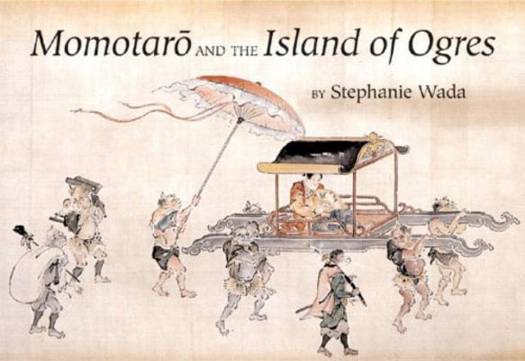
- Afhalen na 1 uur in een winkel met voorraad
- Gratis thuislevering in België vanaf € 30
- Ruim aanbod met 7 miljoen producten
- Afhalen na 1 uur in een winkel met voorraad
- Gratis thuislevering in België vanaf € 30
- Ruim aanbod met 7 miljoen producten
Zoeken
Omschrijving
The amazing adventures of Momotaro, a boy found inside a peach and raised by an elderly couple, is one of Japan's most popular folktales. An exquisite handscroll painted by Kano Naganobu (1775-1828) contains one of the finest illustrated versions of the tale known today. The illustrations are reproduced in their entirety as the story follows Momotaro's journey to the terrifying Island of Ogres. After befriending a dog, a monkey, and a pheasant, Momotaro crosses the sea with his new companions and lays siege to the demons' fearsome mountain fortress. The battle is a fierce one, but Momotaro and his friends prevail; they recover the demon's ill-gotten treasure and restore it to its rightful owners.
One of the first Japanese folktales to have been translated into English, the story of Momotaro is a delightful and lively voyage of the imagination that can be enjoyed by young and old alike. A lengthy postscript to the tale looks at the tradition of illustrated folk stories in Japan, with examples of Momotaro pictures and related imagery in various forms of art, including painting and woodblock printing. The career of the artist, Kano Naganobu, and the artistic climate in which he worked are also reviewed.
One of the first Japanese folktales to have been translated into English, the story of Momotaro is a delightful and lively voyage of the imagination that can be enjoyed by young and old alike. A lengthy postscript to the tale looks at the tradition of illustrated folk stories in Japan, with examples of Momotaro pictures and related imagery in various forms of art, including painting and woodblock printing. The career of the artist, Kano Naganobu, and the artistic climate in which he worked are also reviewed.
Specificaties
Betrokkenen
- Auteur(s):
- Illustrator(s):
- Uitgeverij:
Inhoud
- Aantal bladzijden:
- 47
- Taal:
- Engels
Eigenschappen
- Productcode (EAN):
- 9780807615522
- Verschijningsdatum:
- 17/05/2005
- Uitvoering:
- Hardcover
- Formaat:
- Genaaid
- Afmetingen:
- 313 mm x 223 mm
- Gewicht:
- 589 g

Alleen bij Standaard Boekhandel
+ 55 punten op je klantenkaart van Standaard Boekhandel
Beoordelingen
We publiceren alleen reviews die voldoen aan de voorwaarden voor reviews. Bekijk onze voorwaarden voor reviews.








